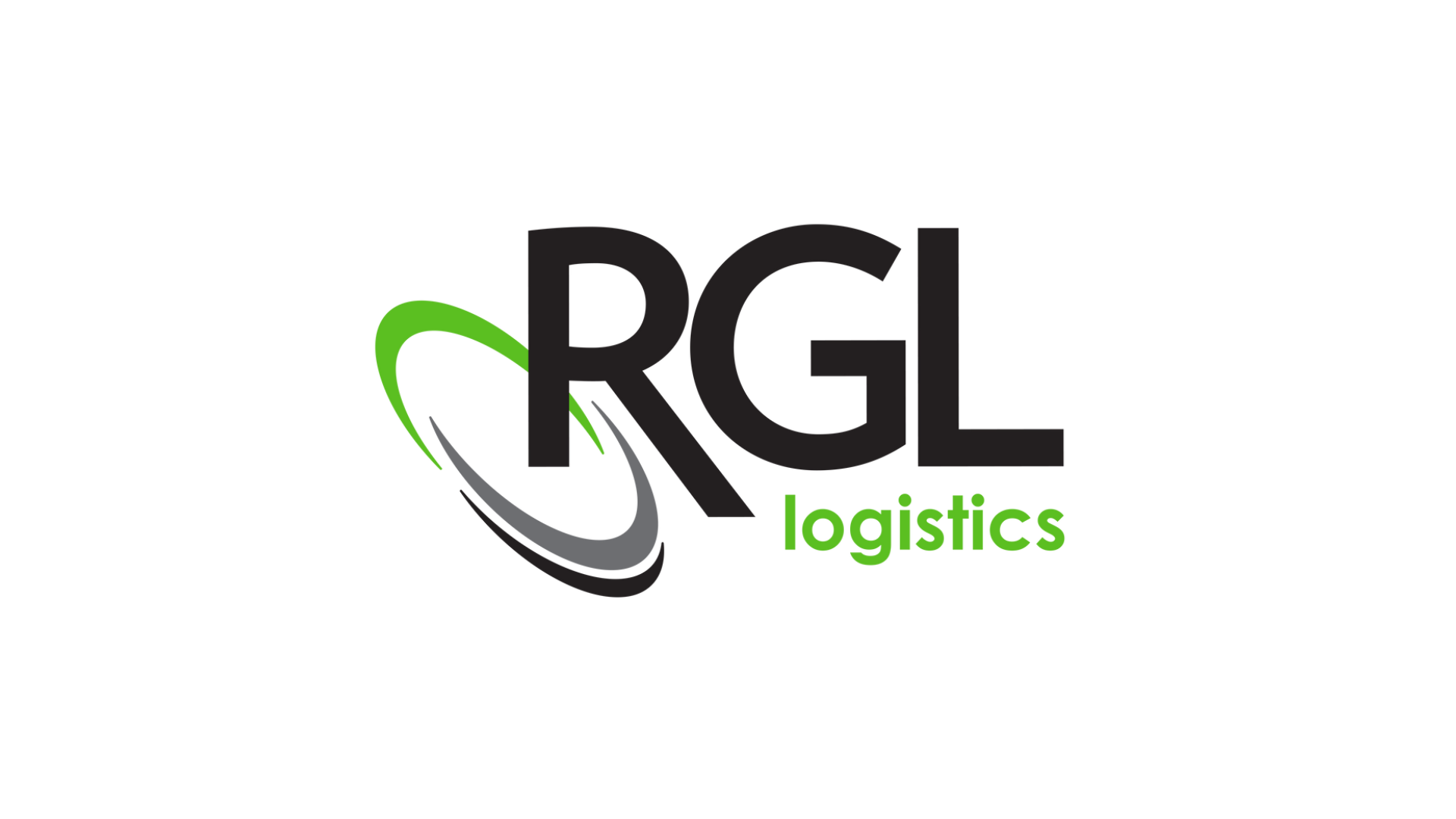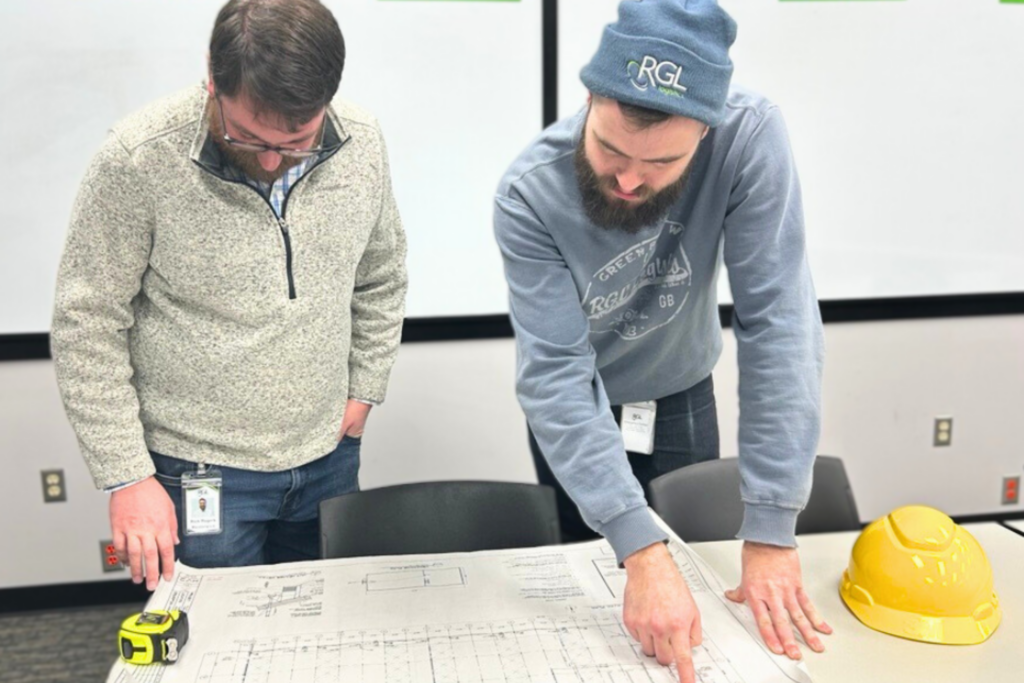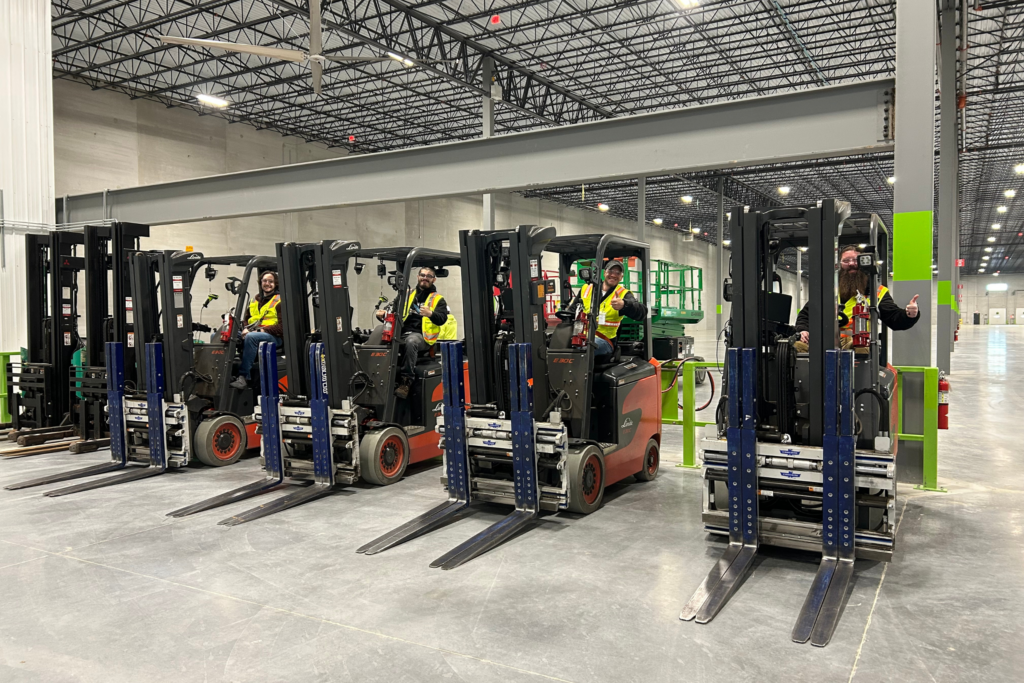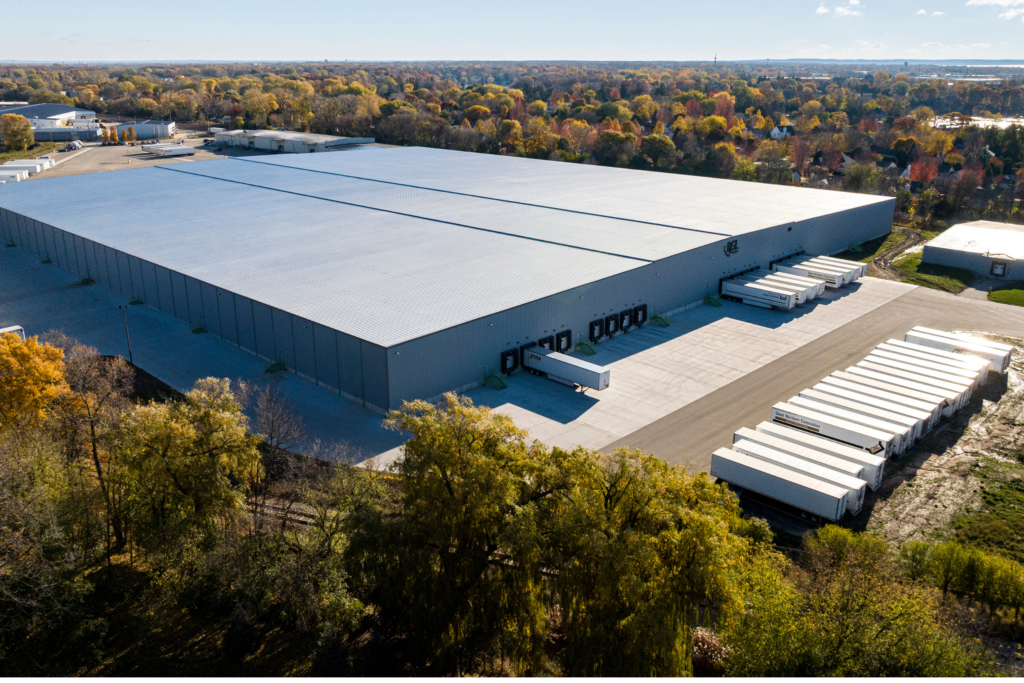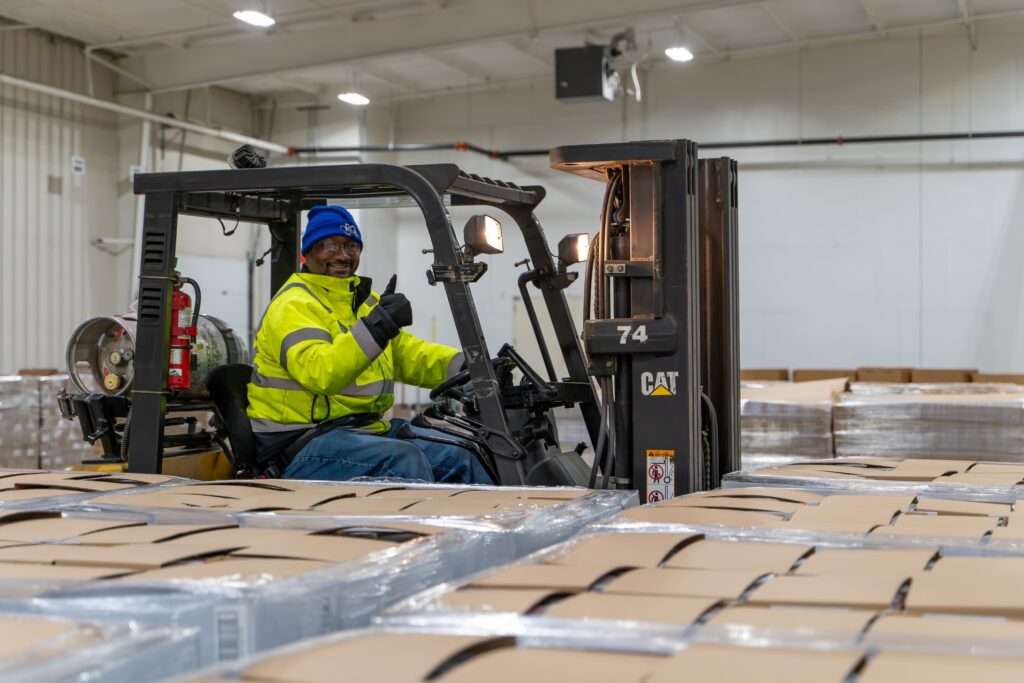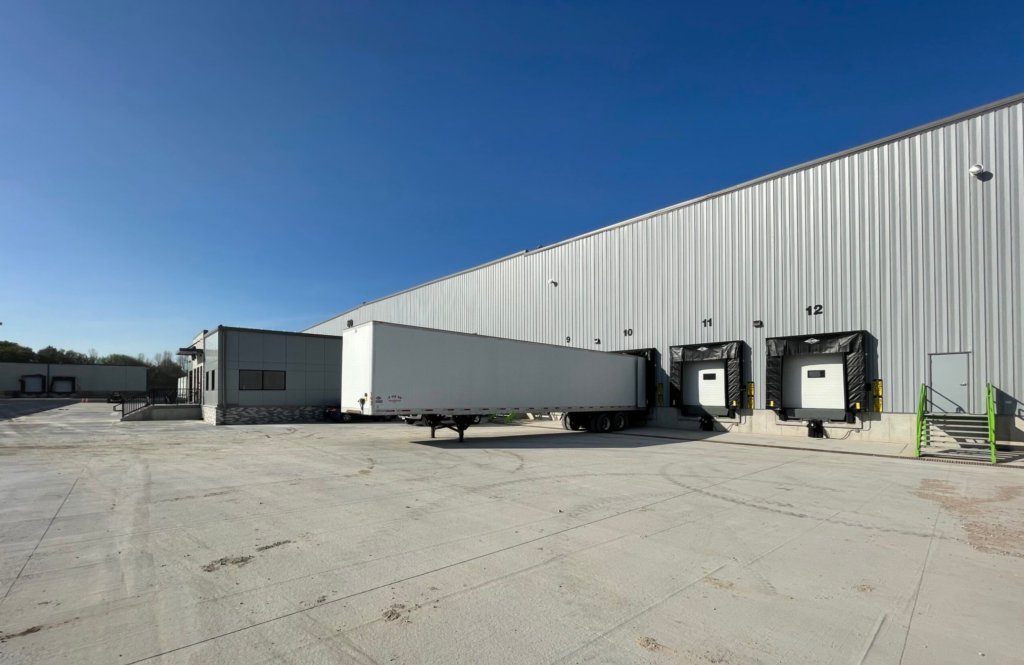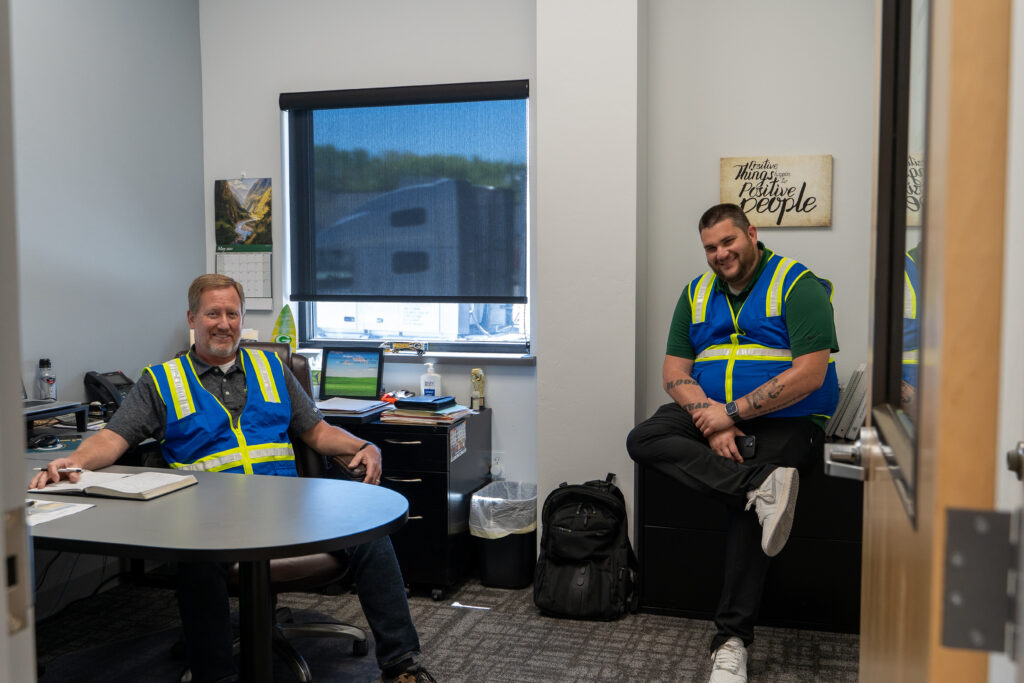Trade Show Playbook: How to Win the Field to Fulfillment Game
Trade shows are high-impact moments where operational precision meets brand opportunity. This article explores how leading manufacturers and brands are leveraging agile logistics to not just show up—but stand out. Walk away with real-world strategies for reducing risk, accelerating setup, and converting trade show buzz into business momentum.
